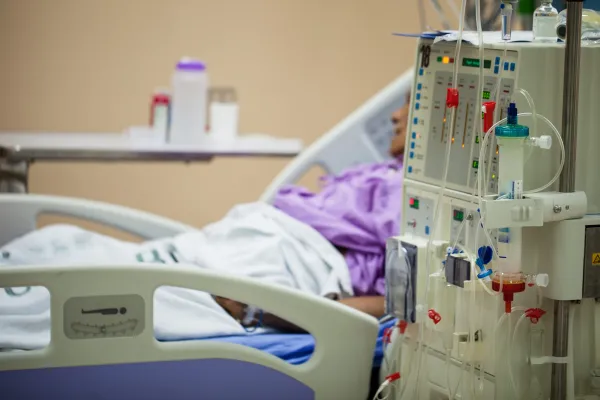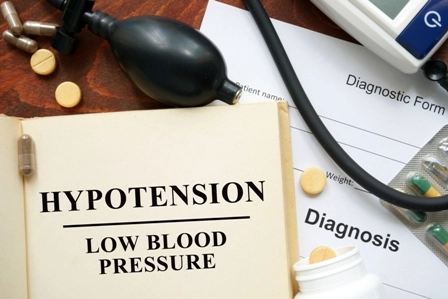Cardiology Coding Alert
Follow These Rules to Never Miss a Beat With Your 99495 and 99496 Claims
Hint: TCM services include three distinct components. Your cardiologist oversees a patient during the shift from an inpatient hospital discharge setting (such as an inpatient acute care hospital) to his community setting (such as a rest home). Do you know if the situation meets the proper requirements of reporting an evaluation and management (E/M) transitional care management (TCM) code? Check out the following rules to make sure you always know if you can correctly report a TCM code. Rule 1: Learn the Ins and Outs of 99495 and 99496 for Total TCM Success CPT® offers the following codes to report TCM services: With TCM, the provider must take responsibility for the patient's care post discharge from the facility without any gap in care, says Maggie M. Mac, CPC, CEMC, CHC, CMM, ICCE, AAPC Fellow, AHIMA-approved ICD-10 CM/PCS trainer, and president of Maggie Mac-Medical Practice Consulting in Clearwater, Florida. Caution: To report 99495 and 99496, the patient must have medical and/or psychosocial problems that require moderate or high complexity medical decision-making (MDM), Mac adds. Rule 2: Determine What Type of Discharge Falls Under TCM With TCM, the provider delivers services during the patient's transition back home following particular kinds of discharge, Mac says. The eligible inpatient hospital discharge settings include the following, according to the CMS TCM Services Guide: After discharge from an inpatient setting, the patient must return to his community setting (where he will reside), which includes the following, according to the CMS TCM Services Guide: Caution: The requirements are specific to the patient being discharged from the inpatient hospital setting to his community setting, not to another facility. You cannot bill a TCM code if the patient is discharged from one inpatient facility to another such as from inpatient to a skilled nursing facility. Rule 3: Don't Miss the Interactive Contact Component of TCM TCM services include three distinct components. For the initial component, the physician or clinical staff must establish contact with the patient or his caregiver within the first two business days after the patient's discharge. Caution: Business days typically include Monday through Friday. You shouldn't count in any holidays that occur during these days when counting days from discharge. This interactive contact can be made via telephone, email, or face-to-face. Heed this: The physician or clinical staff must make at least two attempts to contact the patient within the required two business days. If they make two or more separate attempts in a timely manner and document them in the medical record but are unsuccessful, and if all other TCM criteria are met, they may report the service. However, CMS makes it very clear that they expect the physician or clinical staff to continue to establish contact with the patient until successful. Rule 4: Focus on the Non-Face-to-Face Portion of TCM For the second component of TCM, the physician or NPP must provide non-face-to face services to the patient, unless they are deemed not medically necessary, according to the CMS TCM Services Guide. Take a look at the non-face-to-face services the physician or NPP may provide, as indicated in the 2017 CPT® manual: Clinical staff under the direction of the physician or NPP may also provide certain non-face-to-face services to the patient, which include the following, according to the 2017 CPT® manual: Rule 5: Factor in the Face-to-Face Visit The first-face-to face visit after the patient's discharge is the third component of TCM. To report 99495, the face-to-face visit must occur within 14 calendar days of the patient's date of discharge, and the MDM must be of at least moderate complexity, according to the CPT® manual. For 99496, the face-to-face visit must occur within seven calendar days of the date discharge, and the MDM must be of high complexity, adds the CPT® manual. Caution: When counting days for performing the face-to-face service, you should count calendar days and not business days as you do when you're trying to establish that first contact with the patient. Also, note that this first face-to-face visit is considered part of the TCM service, so you cannot report it as a separately identifiable E/M service. However, additional face-to-face E/M services provided on subsequent dates after that first face-to-face TCM visit may be reported separately, according to Kent Moore, senior strategist for physician payment at the American Academy of Family Physicians. Note: Medication reconciliation and management must occur no later than the date of the face-to-face visit, according to the CPT® manual, and must be illustrated in the medical record as such. Rule 6: Count TCM Time Period Accordingly TCM services have a 30-day period. TCM begins on the date of the patient's discharge and continues for the next 29 days, according to the CPT® manual.
Related Articles
Cardiology Coding Alert
- ICD-10:
5 Answers From Official ICD-10 Guidelines Solidify Your Hypertension Coding
Hint: Master the stages of CKD for coding success. The 2018 ICD-10-CM Official Guidelines for [...] - Clip and Save:
Keep the CPT® 2018 Changes, Revisions, and Additions for Cardiology at Your Fingertips
New total replacement heart system codes 33927, 33928, and +33929 to replace Cat III codes. [...] - TCM:
Follow These Rules to Never Miss a Beat With Your 99495 and 99496 Claims
Hint: TCM services include three distinct components. Your cardiologist oversees a patient during the shift [...] - You Be the Coder:
Demystify the Different Elements of 93355
Question: What requirements must be met to report a 93355 service correctly? Alabama Subscriber Answer: You must [...] - Reader Question:
Jumpstart Your Knowledge of Advance Directives
Question: We are learning more about advance care planning in the office, and we were wondering [...] - Reader Question:
Rely on This Expert Pulmonary Hypertension Definition
Question: What is primary pulmonary hypertension, and what is the correct ICD10 code we should report? [...] - Reader Question:
Mind the New Heart Failure Codes, Inclusion Terms
Question: What are the new ICD10 2018 heart failure codes for acute on chronic right heart [...]




